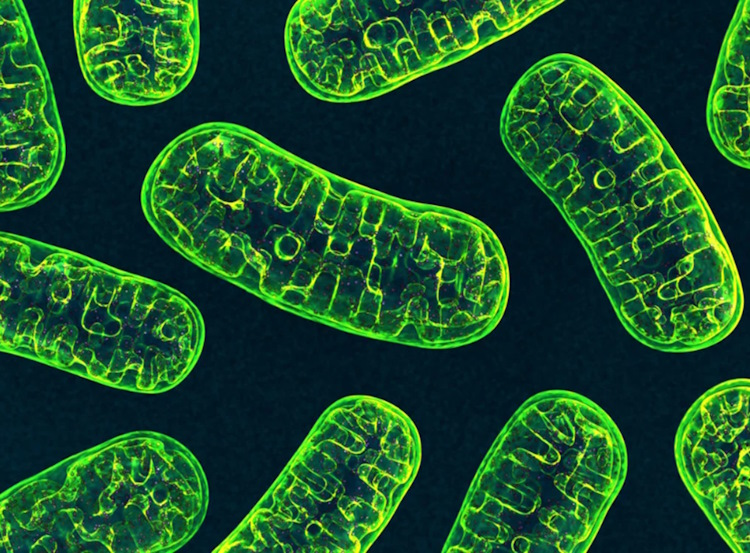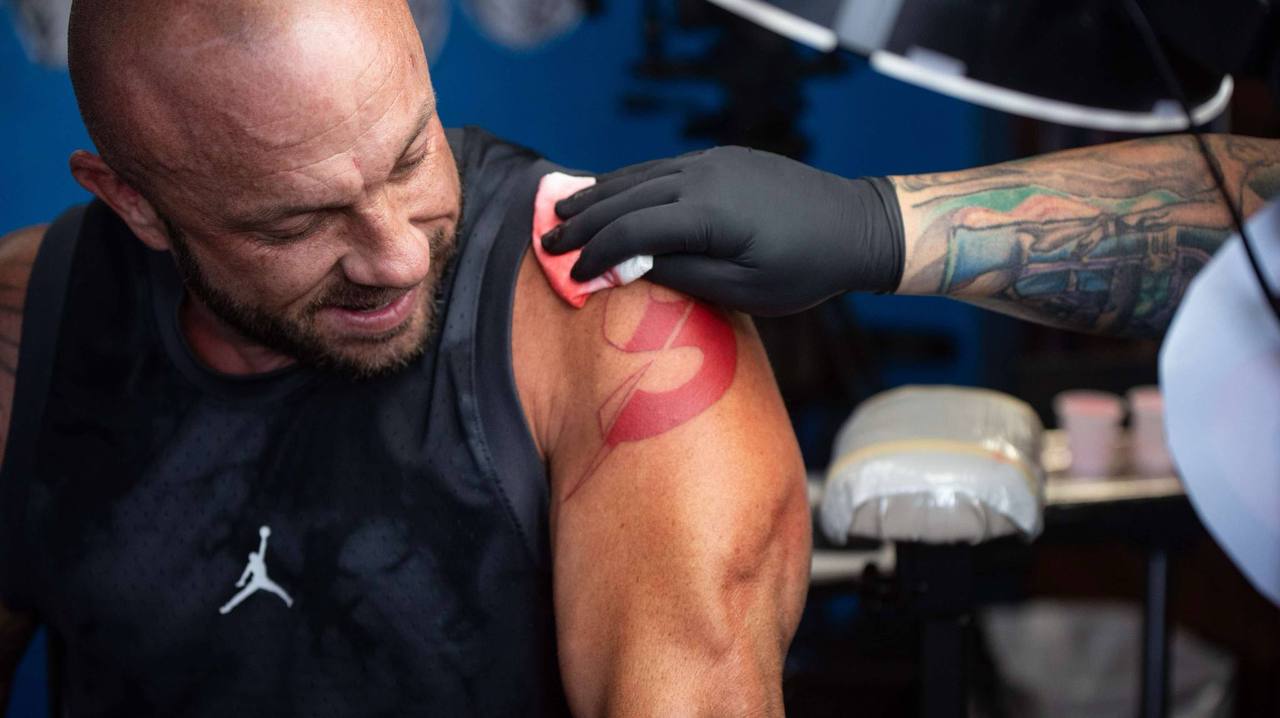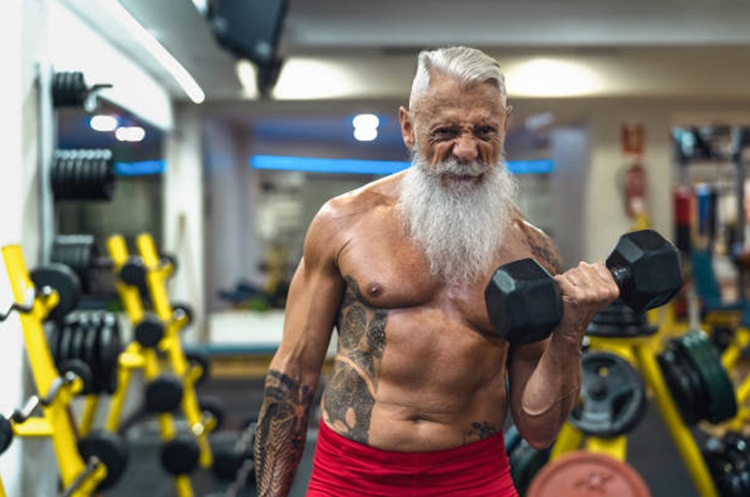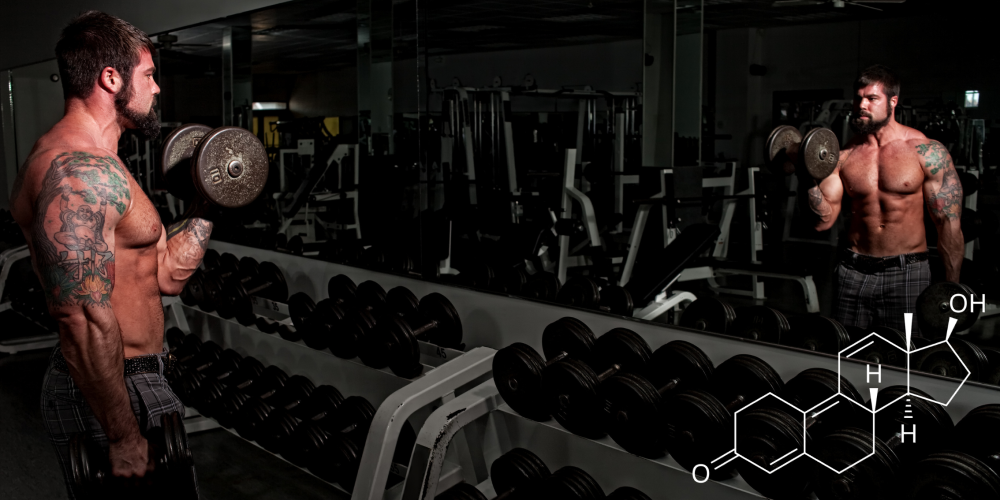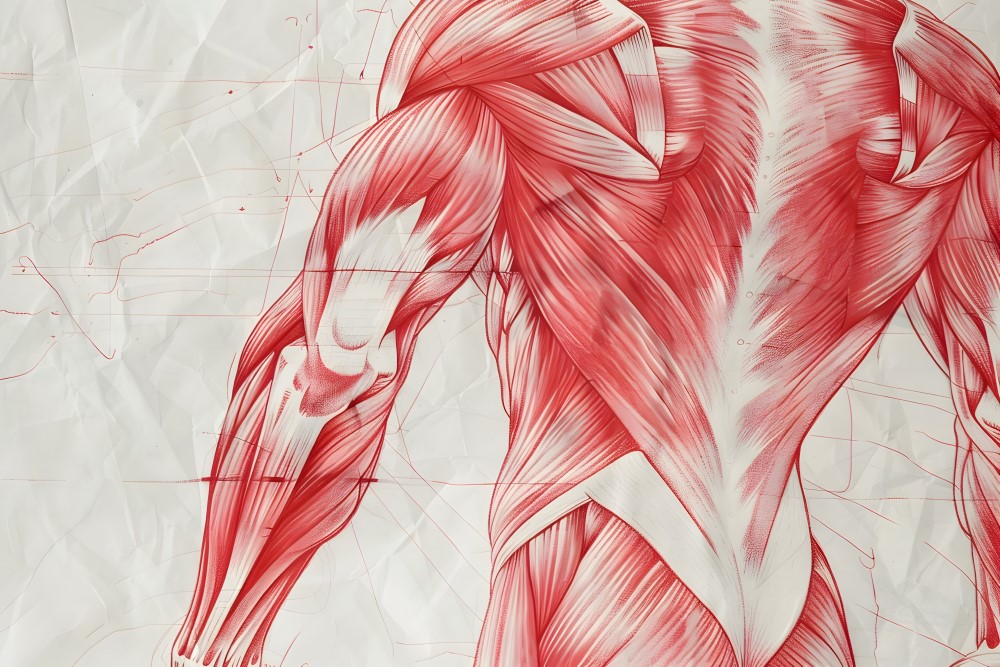Testosterone vs. dopamine: balancing motivation and reward
Success in bodybuilding, business, and even life often comes down to two key circulating chemicals in the body: testosterone and dopamine. Acting as chemical messengers, these substances take part in regulating motivation, energy, and reward, but they also have a dark side. Constantly chasing quick dopamine fixes can lead to addiction and burnout, while unbalanced testosterone levels can wreck mental and physical health. Understanding how these two forces interact with each other and the rest of the body can help you manipulate them for peak performance while avoiding the imbalances that stop progress (not just in the gym, but for everything in life).
Testosterone
Testosterone, among other things, is the foundation of male (and to a lesser degree, female) strength, aggression, and competitiveness. It is involved in:
- Muscle growth and fat loss: higher testosterone enhances protein synthesis and metabolic rate;
- Confidence and dominance: testosterone influences risk-taking behavior and assertiveness;
- Energy and recovery: it plays a role in ATP production and muscle repair;
- Sex drive and mood: low testosterone is linked to depression, irritability, and fatigue.
However, chronically high testosterone without balance can lead to impulsivity, aggression, and reckless decision-making.
Dopamine
Dopamine, on the other hand, can be quickly described as the neurotransmitter that makes you chase goals. Not just long-term, structured ones, but also quick, impulsive, and often regretful goals. It fuels motivation, focus, and pleasure by reinforcing behaviors that lead to rewards. Its main roles include:
- Anticipation and excitement: dopamine spikes when you set a goal or imagine a reward;
- Focus and drive: it enhances concentration, discipline and work ethic;
- Learning and adaptation: dopamine helps encode new behaviors and habits;
- Addiction and overindulgence: gambling, social media, pornography and stimulants are examples that hijack the dopamine system.
Too much dopamine without control leads to dopamine burnout, where pleasure-seeking behaviors override discipline and lead to overstimulation, anxiety, and exhaustion.
Testosterone and dopamine
Testosterone and dopamine work together but also compete. Dopamine pushes you to chase rewards, while testosterone gives you the dominance to own them. The problem? Many high-achievers overstimulate one at the expense of the other:
- Dopamine-driven burnout: chasing quick highs (social media, junk food, porn, constant stimulation) reduces long-term drive, leading to fatigue and lack of direction;
- Testosterone-fueled recklessness: high aggression and risk-taking without strategic dopamine control can result in impulsive mistakes and crashes;
- The discipline trap: too much structure and testosterone-focused living (low dopamine stimulation) can lead to mental fatigue and reduced enjoyment, where many people stop seeing the point in doing “difficult” things in life.
Balancing
The key to balancing these 2 chemicals is stimulating dopamine for strategic motivation while maintaining stable testosterone levels. It’s not always easy, but here are a few tips on how to do it:
Optimize testosterone naturally, or at least keep it within a healthy range
- Lift heavy and sprint: strength training and HIIT boost testosterone;
- Eat more fats and micronutrients: cholesterol rich foods, zinc, magnesium, and vitamin D are crucial;
- Avoid chronic stress: cortisol suppresses testosterone production;
- Prioritize deep sleep: at least 6-8 hours of quality sleep maximizes hormone balance.
Control dopamine exposure
- Limit artificial stimulation: reduce social media, junk food, pornography, and other easy, highly stimulating behaviors.
- Use dopamine fasting: taking breaks from dopamine-heavy activities helps reset sensitivity.
- Create controlled reward systems: earn your dopamine spikes as a reward for your hard work, instead of “free” passive consumption;
- Use cold exposure and fasting: these naturally regulate dopamine and build resilience.
Leverage both for peak performance
- Train for testosterone, focus for dopamine: heavy lifting and discipline boost testosterone, while deep work sessions and structured goal setting optimize dopamine;
- Cycle high-dopamine pushes with deep recovery: push hard in bursts, then recharge with rest and relaxation and low dopamine stimulation;
- Use testosterone-boosting practices with dopamine-smart rewards: chase high-performance goals but reward yourself in controlled, meaningful ways.
Testosterone and dopamine are powerful allies when used correctly, but too much of one without the other leads to burnout, recklessness, or stagnation, especially in modern times when it’s so easy to indulge and get easy dopamine spikes. Balancing them, you can maximize motivation, performance, and long-term success – whether in the gym, relationships, business, and life in general.



